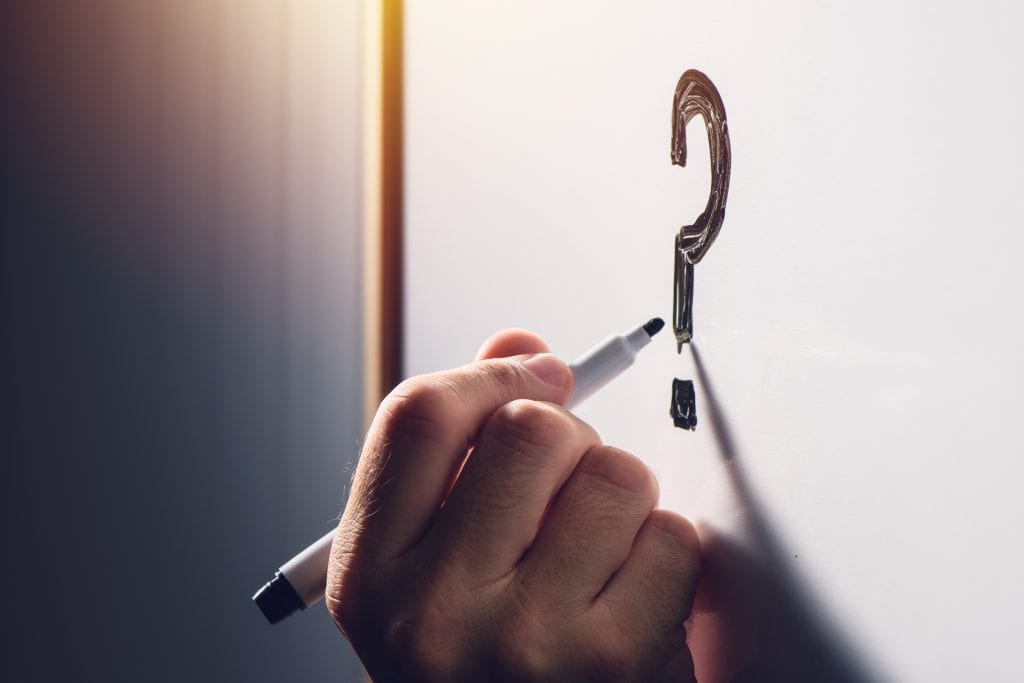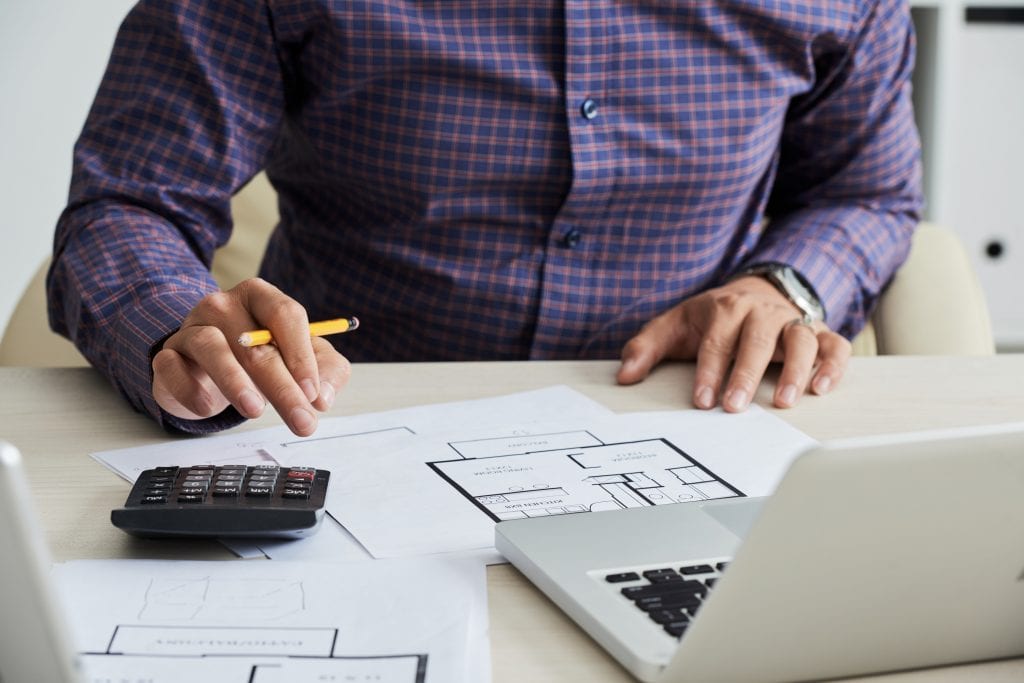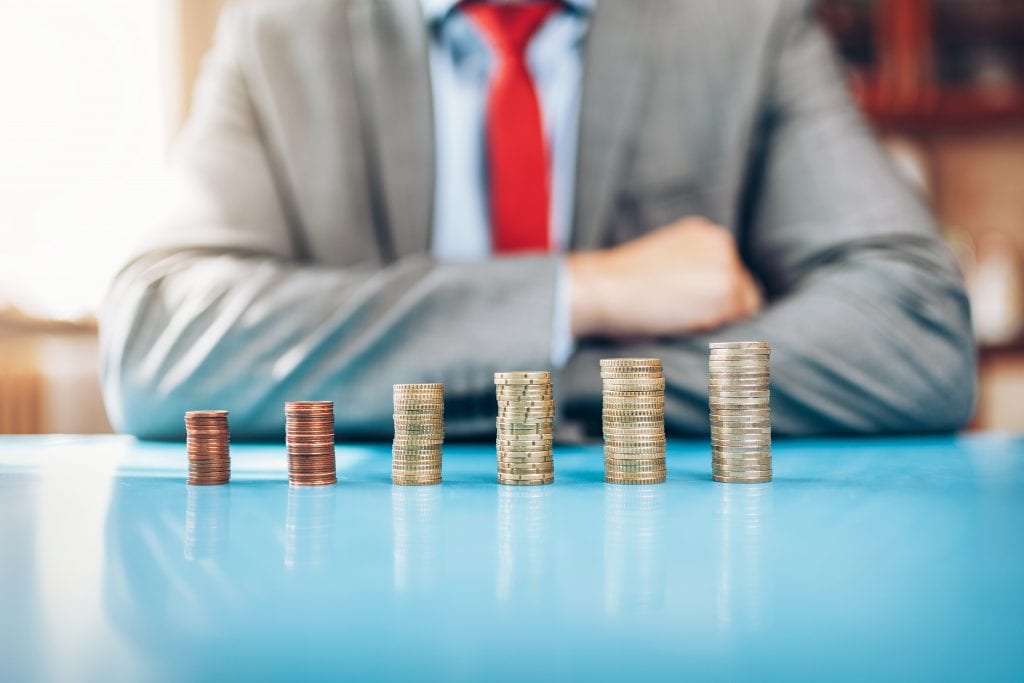The flip analysis is the analytic practice of modeling outcomes from the rapid return strategy in real estate known as flipping, where investors buy properties at a low price and sell after improvements for a higher price.
Contents
Flipping Strategy

Flipping is a rapid return strategy in which an investor buys real estate at a discount price and upgrades the property to sell it at a higher price. This approach can be a very lucrative profit strategy if the property market is working well. Old houses and foreclosures are popular properties of widespread use at home flip because investors can purchase these properties quite cheaply, thus increasing the potential profit. Sometimes contractors are used to making improvements to the property, but an experienced house flipper can do the job on his own.
Flip Analysis: Should I Buy and Resell?

You may wonder: if I do not have to buy my property, how can I buy a house to invest and resell? While it would be nice if you gained experience selling property, you can resolve the down payment through private lenders. These financiers can become partners with some predetermined fixed interest rate, which will allow you to pay off the mortgage, and in some cases, you will have money to spare.
Use a Flip Analysis for Financing
Determine if you should bring on a money partner or lender. These individuals typically don’t do anything more than collect money while you handle the logistics of the larger real estate project. You can borrow the full amount of the purchase and repairs plus some other costs if you can find the right private lender. It is worth noting that the amount of money that the lender will provide you will depend on the level of comfort between you and the private investors, the experience, and the real estate agreement.
FACTORS TO CONSIDER WHEN FLIPPING

Identifying After Repair Value (ARV): the expected value of the property once the repairs are made complete. Investors use ARV to gauge the comps in the market. In the determination of the proper price of a house, ARV is a crucial asset as the cost of acquisition plus recovery will always leave room for profit on selling.
Flip property purchase price: This is the price paid for the property by the investor. It is not just the valuation or pricing of the land, but what was charged.
Closing Costs: These are the additional costs that buyers and sellers pay for the property when closing a deal. Closing costs, on average, cost between 2-5% of the selling price of the property.
Total Acquisition Costs: That is the overall expense, including purchasing and closing costs of the sale of a house.
Cost for Rehab
- Materials cost
- Labor cost
- Permit cost
WHAT MAKES A GOOD FLIPPING INVESTMENT?

Not all houses make a good investment, and that is why you need to carry out a flip analysis. Just because a home sells for a rock bottom price doesn’t mean you can put money in it and automatically make a fortune. Successful investors are very demanding of the houses they choose to invest in. This is what you should look for in a potential home investment:
Good Location: Find a home in a desirable neighborhood or an upcoming one. You can improve a house as much as you want, but there are a few things you simply can’t do anything about – personality and safety of the neighborhood you property is in. You may not believe it, but grading your location in a flip analysis can have a dramatic effect on your return on investment.
Start by researching local cities and neighborhoods. Look for areas with increasing real estate sales, job growth, and other indications that the city is thriving. Avoid neighborhoods with lots of houses for sale; neighbors could be leaving for reasons that may be problematic – like a depressed local economy, crime, or a new development.
Sound condition and correct renovations: Look for structurally sound homes, especially if you are considering buying an older home. You may not always have a chance to inspect a house, especially if you buy it at a real estate auction. Therefore, you should know what to look for or bring to someone with knowledge of construction, electrical, and plumbing to see the house with you and determine if it is a good purchase.
Market value: No flip analysis would be complete without making sure that the price of the house is below its value in the local market. Try to buy the worst house in a great neighborhood, versus the best home in a lousy neighborhood. The worst house in a large neighborhood has nowhere to go, but its value increases, due to the value of the other houses in the area. When buying a home to flip, it is important not to overvalue the house by investing too much in the renovation.
You want to improve it enough to make a healthy profit and keep up with what’s on sale in the neighborhood. If you go too far into the home, you will not get your money back. Market value as part of any flip analysis most likely seems intuitive, but you would be surprised how many beginners forget this very important part.
Flip Analysis: Required for Success

In conclusion, an investor must have a definite exit strategy if things do not happen as expected when investing in a real estate investment. Investors will provide escape plans for each situation, whether they become more costly than was anticipated or the property stays longer on the market.
An investor could consider reducing the selling price of the house, lease it out or act as a landlord as he gives it out for rent. All good options which can be quickly seen when performing a flip analysis.



